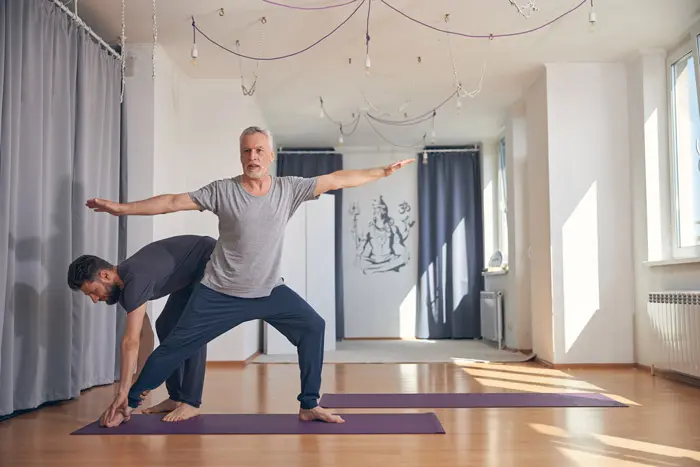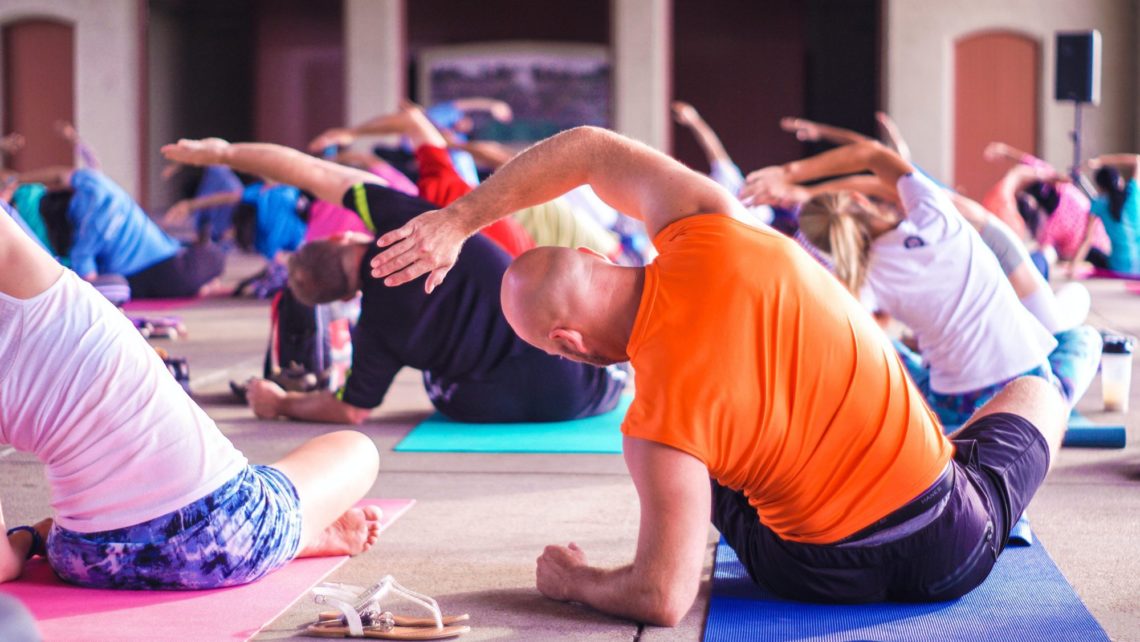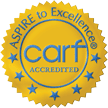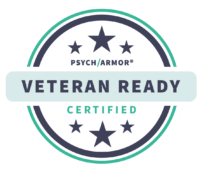Best Yoga Styles for Recovery
 Using all the best tools at hand to reduce triggers and avoid relapse just makes sense, especially if they don’t cost a lot. Many people in addiction recovery consider yoga to be one of these tools—but have you tried it yet?
Using all the best tools at hand to reduce triggers and avoid relapse just makes sense, especially if they don’t cost a lot. Many people in addiction recovery consider yoga to be one of these tools—but have you tried it yet?
Aw Jeez. Yoga? Really?
Yes, really!
Yoga is an ancient practice more than 5,000 years old. Over the centuries, in countries such as India, Japan, and China, yoga had more spiritual significance. Practitioners used asanas (physical postures) to discipline the body, pranayama (breathing techniques) to ease the nervous system, and dyana (meditation) to still the mind. Combined, this method created a path to enlightenment. While some people still use yoga as a spiritual gateway, millions of practitioners—especially in the U.S.—choose yoga as another essential component to a healthy lifestyle.
Numerous medical studies support gentle stretching, focusing breathing, and stillness as terrific methods to reduce stress, release tension and provide relief from chronic pain, promote a better sense of calm, and help you be more aware of the present moment—an essential factor in recovery, when it’s all too easy to ruminate on the past or worry about the future.
Interesting Points
The National Center for Complementary and Integrative Health shares some interesting points, which we include verbatim:
- A 2020 review of 12 recent studies (672 total participants) of a variety of types of yoga for stress management in healthy adults found beneficial effects of yoga on measures of perceived stress in all the studies.
- Of 17 older studies (1,070 total participants) of yoga for stress management included in a 2014 review, 12 studies showed improvements in physical or psychological measures related to stress.
- In a recent review of 14 studies (involving 1,084 total participants) that assessed the effects of yoga on positive aspects of mental health, most found evidence of benefits, such as improvements in resilience or general mental well-being.
- A 2018 survey of young adults (involving 1,820 participants) showed that practicing yoga regularly was associated with better eating and physical activity habits. In interviews, people who took the survey said they thought yoga supported healthier habits through greater mindfulness, motivation to participate in other forms of activity, and eating healthier. In addition, the yoga community itself was characterized as a social circle that encouraged connection, where healthy eating was commonplace.
Yoga has become so integral to the support of recovery and relapse prevention, there’s even a special program called Yoga of 12-Step Recovery, which aims to combine the “somatic experience of it and the cognitive approach of 12-Step programs.” Many addiction scientists believe that not only do we store trauma in our body, but also that addictive behavior creates a disconnect to our true selves and the people around us. Since the Sanskrit definition of yoga is to yoke or unite, programs like this one and others strive to provide a vital release and sense of healthy reconnection to ourselves and others.
Best Styles of Yoga for Recovery
“I’m not flexible enough to do yoga!” Yes, this is a common statement, because for decades in the U.S., the practice of yoga was presented as something only extremely bendy white women could do. Nothing could be further from the truth. One organization, the Yoga and Body Image Coalition, has a mission to promote yoga for everyone, regardless of age, weight, or mobility. Further, it makes a special point to recognize how yoga is beneficial for people overcoming addiction, grief, loss, and trauma, so you’ll find a lot of resources there.
Yoga of 12-Step Recovery has numerous meetings in the New Jersey/New York area. But if you don’t have the opportunity to work with a registered yoga instructor, streaming or DVD classes might bridge the gap until you do. Here are some yoga styles to meet you where you are right now.
Chair Yoga
A staple of relief for office workers everywhere, chair yoga is also perfect for beginning yoga students, seniors, people with mobility issues, or those who don’t want to get up and down off the floor. This simple 25-minute sequence from the chronic pain center at Toronto’s University Health Network is a perfect example of easy movement, breath, and stillness.
Restorative Yoga
Whether you need to take it slow or simply want to power down, restorative yoga is a great fit. Instructors frequently use props such as folded blankets, bolsters, blocks, straps, and other assists to allow you to settle into postures comfortably, especially if you’re going to relax into them for a few minutes. This easy 40-minute practice from instructor Jessica Richburg is worth a try.
Gentle Yoga
A yoga teacher or studio promotes gentle yoga to many of the same individuals who might like chair yoga. You transition slowly from one posture to the next, and maybe hold them a bit longer as well to release key areas of the body often restricted, such as hips, back, and shoulders. If bending your knees isn’t a problem, you’ll enjoy this calming 50-minute practice from Retreats in Your Home. Also try this flowing 25-minute session from The Yoga Room.
Holistic Support at Seabrook
We believe in the success of whole person recovery, not just treating addiction systems. Our facilities offer various holistic therapies to help you heal from within emotionally, mentally, and spiritually. Using yoga and other healing modalities means your life of sobriety isn’t founded on scarcity, but rich with opportunity.




